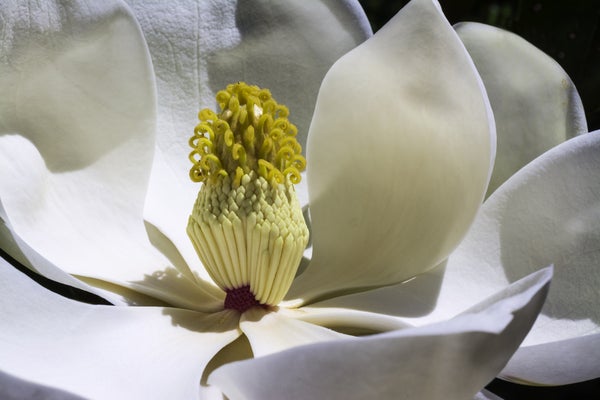This article was published in Scientific American’s former blog network and reflects the views of the author, not necessarily those of Scientific American
This article is a part of the Green Thumbery series, where everyday gardening meets history and science.
At this point, your summer blooms have either fully blossomed and your garden is awash with color or they’ve fallen victim to circumstance: too much rain, too little rain, poor soil, blight, powdery mildew, or any number of greenery munching insects who also seem to blossom at this point in the year. The bright blooms gardeners hope for are the reproductive structures of angiosperms—flowering plants—and are important because they represent 90% of all living plants on land. They are also deeply embedded in our evolutionary history; flowering plants emerged between 250m and 140m years ago (mammals appeared 200m years ago, and Homo sapiens only 200,000 years ago), and almost all land-based lifeforms are impacted in some way by flowering plants.
And yet we know so little about them from an evolutionary perspective. Flowers are not designed for preservation; their soft petals have left few examples in the fossil record. All modern flowers are descended from a single ancestor; a study led by an international team of botanists, may give us clues as to what this early ancestor looked like.
On supporting science journalism
If you're enjoying this article, consider supporting our award-winning journalism by subscribing. By purchasing a subscription you are helping to ensure the future of impactful stories about the discoveries and ideas shaping our world today.
Without fossilized remains to help direct them to the ancestral flower, researchers turned to its descendants. By sampling 792 species of extant angiosperms—roughly 86% of modern-day flowering plants—they created a database of floral traits which became a map into the past: They used this database to identify similarities and differences between related flowering plants, and generate projections about their recent ancestors. Comparisons between related angiosperms ancestors whittled away at the database until they arrived at the first ancestral flower.
Many have described this ancestor as resembling a magnolia. It had many undifferentiated tepals, meaning the petals and the sepals were indistinguishable from each other as in the case of a tulip. These tepals surrounded the sex organs—the stamens and carpels—which were situated at the center of the flower to facilitate the shedding of pollen for reproductive success. No modern flower behaves exactly this way; the traits that comprise the database that led the researchers to this model are a result of the diversification of the flower lineage over time.
There are two really important evolutionary points from the ancestral flower. The first is that early flowers contained both male and female reproductive organs. Unisexual plants are very likely a derivative that emerged in response to pollinators. Having both sexes contained within the flower would have helped establish and spread the plant.
The second is that the sexual organs contained within flowers seems to simplified over the course of time. The ancestral flower’s organs were likely arranged in a series of concentric circles called whorls. Modern flowers also have whorls, but they have fewer of them than the model suggests were present in the ancestral flower. The researchers propose there were selective advantages that went along with this reduction. For example, a reduction in whorls would have allowed the perianth—the sepals and the petals—to play more of a protective role and help attract pollinators. This would have been further enhanced by a clearer distinction between sepals and petals. The organs would have been more safely ensconced within a more robust perianth.
Additionally, simplifying the reproductive organs would have allowed for complexity elsewhere, such as more strategic pollination interactions, or a more elaborate floral display. These factors could have led to greater genetic diversity bringing us to the roughly 800 species of flowering plants alive today.
The mystery is far from over. We still have a ways to go in unraveling the fossil record. Plants first appeared between 350 and 310 million years ago, and flowering plants came after. The actual point where flowers emerged in the lineage of plants is still outstanding and may reveal further clues about the diversification of modern plants. And if we could get to the first plants themselves, we might wind up learning a great deal more about our earliest ancestors as well.
Have something to say? Comments have been disabled on Anthropology in Practice, but you can always join the community on Facebook.
—
Referenced:
Sauquet, H. et al. The ancestral flower of angiosperms and its early diversification. Nat. Commun. 8, 16047 doi: 10.1038/ncomms16047 (2017).
—
You might also like:
Why are Victorian Houses Haunted?
Why does everything look the same?
Spin Cycle: The Social Realm of the Laundromat
The Stories Our Refrigerators Tell
Why don't people return their shopping carts?
--
Also in the Green Thumbery series:
The Short Political Career of Strawberries
The American Obsession with Lawns
What can the first weeds tell us?
